How to Fly with A Baby (It’s Easier than Flying with a Toddler)
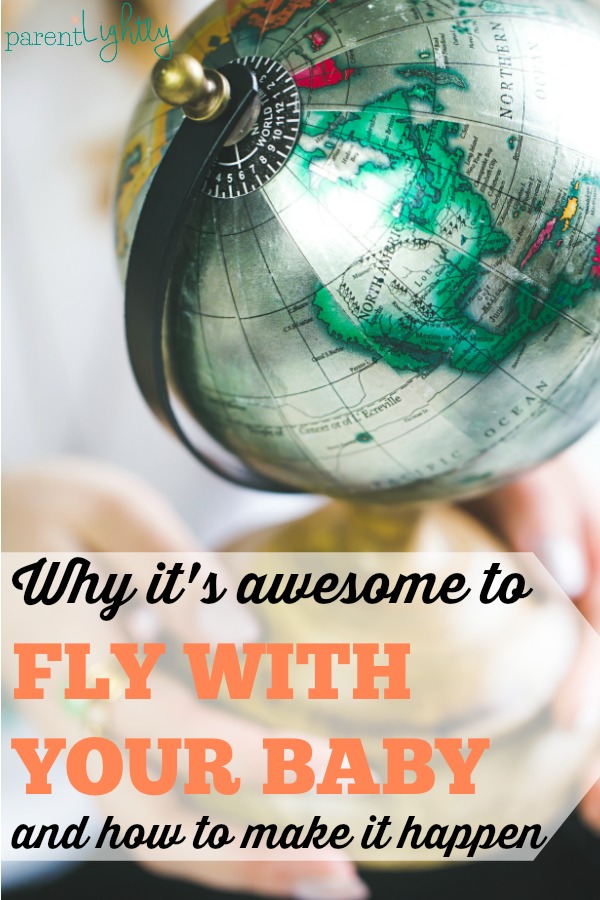
You might be wondering how to fly with a baby, even if you’re an experienced traveler. It can seem a little scary! How will you transport your little one in the airport? What if you don’t bring enough diapers? Where will the baby sleep at your destination?
There are so many questions, but it’s completely doable to travel with a baby. In fact, it’s easier than traveling with older kids in some ways because babies don’t need to be entertained, can’t run away from you and have no opinions about your vacation activities!
So embrace your season of life and book that ticket! This complete guide for how to fly with a baby will help you navigate everything.
This post contains affiliate links. If you choose to purchase an item from one of the links in this post, I may receive a small commission at no cost to you. Please visit my Terms & Conditions for more information.
Booking your Flight
Infants under 2 can fly for free on most airlines. You may, of course, choose to buy a seat for your child and put her in a car seat for takeoff and landing. Most child car seats are approved by the TSA for use on airplanes. You can find the information on the warning and information sticker on your seat.
If you choose to have your baby fly in your lap, there are a few things you need to know. You won’t be charged for a lap child domestically, but there may be a small fee when you travel internationally. Another gotcha – the lap child must have a ticket, but you often can’t put kiddo on your reservation if you book online. The best way to do it is to go ahead and book tickets online for the travelers over 2 years of age. Then you’ll need to call the airline (I know, ugh) to add your lap child. The good news is, I have never had a problem doing this and wait times typically haven’t been long. On the day of travel, make sure that your baby has a boarding pass (although it will say “Lap” or “N/A” or similar for seat assignment)
Packing
It’s tempting to pack everything you think you might need, and then some. If you want to be able to carry your baby and your luggage, though, you need to be more strategic.
Clothes and Linens
Baby clothes don’t take up much space, which is awesome! Packing cubes (affiliate) are a GREAT way to keep your baby’s clothes separate from yours. When packing clothes for babies, a good rule of thumb is two outfits per day. If you’ll be able to do laundry at some point during your trip, you can cut that down to an outfit per day, plus 2-3 extra. Bring 2 sets of pajamas in case of overnight diaper explosions. It’s not worth bringing more than that because you can always use regular clothes instead of pajamas in a pinch. Don’t forget little things like socks, hat and bibs!
Make sure to pack a mini crib sheet or Pack n Play sheet (affiliate) if you’re planning to borrow a crib or Pack n Play at your destination. Most hotels have a Pack n Play, but many don’t have sheets. We’ve used spare queen bedsheets, towels and more as makeshift Pack n Play sheets, so save yourself the trouble and pack one!
Food and Bottles
If your baby is exclusively formula-fed, I suggest bringing 3-4 bottles, a bottle brush, a small bottle of dish soap and a Medela Quick-Clean bag to sterilize. Powder formula is probably the easiest to transport because it won’t violate the TSA’s liquid rules. If at all possible, buy formula at your destination rather than bringing a lot of it with you. When you’re traveling with an older child who has moved on to purees, throw some of those baby food puree pouches into your bag. It’s always handy to have some extras!
In the Carry-On
There are some necessities you’ll need to have accessible when you’re on the flight, so those things should go in your carry-on bag. Of course, diapers, wipes and a changing pad (affiliate) are critical. Bring enough diapers for the flight, plus some extra to account for delays and travel disruptions. Stash a few gallon-sized ziploc bags to make sure any dirty clothes can be contained.
If your baby needs formula, bring a bottle in your carry-on plus Dr Brown’s Bottle Wipes and a Medela Quick-Clean bag. According to the TSA website, formula, breastmilk and juice are allowed in a carry-on “in reasonable quantities.” This guidance isn’t very specific, which means that individual airports tend to have different rules about formula. I’ve had multiple TSA agents insist that they had to open pre-mixed formula bottles to test the liquid, which of course makes the formula spoiled! If your baby will take powdered formula, I recommend bringing that. It can be opened and tested without spoiling. Just get some hot water at the airport or on the plane to mix with the powder, or try to find small (less than 3.4 oz) bottles of pre-mixed formula.
Don’t forget your baby’s pacifier, if he takes one. If your kiddo is old enough, pack some Infant Tylenol in the carry-on just in case! At least one burp cloth and bib are helpful to have.
Be sure to pack a copy of your baby’s birth certificate, passport or immunization record in your carry-on. I have never been asked to prove that my child is under two, but I’ve heard of it happening.
Gear to Buy, Borrow or Rent at Your Destination
There are some things you don’t need to worry about packing. You won’t need to pack too many burp cloths. Just use a washcloth or hand towel at your destination instead! Also, unless you’re going to a remote location with no stores, don’t worry about packing extra diapers, wipes, formula or baby food. Instead, bring enough for your flight (plus some extra) and buy the rest when you arrive.
Larger gear takes up a lot of space and is heavy, so definitely get it at your destination if you can. Rental car companies will usually have car seats for rent. If you’re not renting a car, but will be driving with friends or family, see if you can borrow a seat from someone locally. As a last resort, you can buy an Cosco Infant car seat from Target, Walmart or Amazon for about $80. Buying isn’t ideal, because you’ll have to figure out what to do with the car seat at the end of your trip.
Most hotels have a Pack n Plays or cribsfor guests to use. Call ahead to make sure they have one and to reserve it. Many Air BnBs and VRBO rentals have them, too, but it’s definitely worth checking. One on trip, our Air BnB didn’t have a crib but the owner agreed to reimburse us for a Pack n Play. We bought it, used it for the trip and then left it for the next guest. You can also try to borrow from friends or family. Again, buying one is a last resort, but have a plan for a place to donate the item at the end of your trip.
At the Airport
Getting to the gate is the first hurdle! The dreaded TSA awaits! These tips will get you through the airport and to your gate as smoothly as possible.
Transporting your Baby & Your Stuff
The best way to transport your baby at the airport is babywearing in a soft structured carrier (affiliate). Carrying your baby allows you to move easily through crowds and means you won’t have to deal with a stroller once you get to the gate. Plus, you keep your baby close and shielded from the germs and excitement of the airport.
If your kiddo is under about 4 months, you’ll probably carry him on the front. In that case, a backpack is a great carry-on bag because it balances out the weight! For an older baby, you might want the option to carry her on the front or the back. In that situation, a messenger bag is by far the best choice for carry-on. Whether you’re wearing your baby on the front or the back, you can sling the messenger bag across your body. It won’t be slipping off your shoulder constantly, which is key!
Before you enter the TSA line, make sure that you have a boarding pass for everyone, including your baby! The baby’s boarding pass will say “infant”, “lap” or similar and won’t have a seat assignment.
Navigating TSA
When you go through TSA, there are two choices. You can leave your baby in the carrier when you walk through the metal detector. However, you will be subject to additional screening – most often, you’ll have your hands swabbed and will have to undergo a pat-down. If you don’t want to mess with additional screening, just remove your baby from the carrier when you walk through the metal detector. Then you won’t have to do anything additional unless you trigger the metal detector.
TSA policy states that formula, juice, breastmilk and baby food are not subject to the 3-1-1 liquids rule. However, they “may be subject to additional screening.” TSA officers may try to open the baby food or formula, which you of course you probably do not want them to do. Make sure to notify the TSA agents up front that you have food for child in your luggage, that you do not want it opened and that you are available for additional screening. This will probably consist, again, of a pat-down and hand swab.
Be ready for different policies at different airports. Every airport interprets TSA policies differently, so don’t be surprised when you encounter different things at different places.
Before your Flight
Take care of as many of baby’s needs (and yours) as possible before the flight. Use the bathroom, change baby’s diaper. Fill up your own water bottle and feed the baby if needed.
If you have time, find a place to take your kiddo out of the carrier for a little bit. Some airports have really great play areas if your kids are a bit older, or you can just lay your baby on the ground in a quiet corner for a bit (on top of a jacket, blanket or similar).
Boarding
Right before the flight starts to board, put your baby in the carrier on the front. It is much easier to sit down in your seat on the plane with your baby on the front. Getting them off of your back is nearly impossible. Make sure to get your boarding pass out as well since you’ll be juggling a bunch of other things when you board. When boarding, rely on your fellow travelers to help you drop off your gate-checked items and put luggage in the overhead bins. If you’re traveling with your spouse, the person who isn’t carrying the baby should be in charge of the bags and gear. When traveling alone, do not hesitate to ask a stranger to help. Never have I been more impressed with humanity than when traveling alone with children. Almost everyone is willing to help.
On the Plane
Whew! You made it! Sit back and relax and enjoy the….
Ha! Just kidding.
If you bought an extra seat for your baby, you’ll need this time to make sure that the infant seat is properly installed in the plane seat. When you’re settled into your seats and your gear is stowed, do a quick inventory. Make sure that the changing pad with diapers and wipes is easily accessible. Also make sure you can reach your entertainment devices and that your phone is in airplane mode. It’s hard to reach under the seat when you’re holding a baby so make sure you can easily grab anything you need.
Say hello to the flight attendants. If you’ll be asking for warm water for bottles, give them a heads up. Also ask them for a pillow or blanket. Stuff it under your elbow so your arm doesn’t go numb from resting on the hard armrest under the weight of your kid. Flight attendants are almost always incredibly helpful and will often come back to play with the baby when they have some downtime.
During takeoff and landing, your baby will need to be out of the carrier because of TSA rules. Buckle yourself up and then take your baby out of the carrier (sorry, even if he’s asleep). If your baby has her own seat, she’ll need to be there for takeoff and landing. Feed your baby or give her a pacifier during takeoff and landing to ease the pressure change in her ears.
Take That Trip Today!
We traveled extensively when my oldest was a baby. My husband was on the road full time as a consultant, so we would often meet up at some destination. Writing all of these tips brought back so many wonderful memories of traveling with my baby. The flight attendants who walked with her up and down the aisle when she wouldn’t stop crying. The older man who played peek-a-boo with her for hours. The countless people who helped me lift my luggage into the overhead bins. The grandmother who showed my girls pictures of her horses when the kids melted down on a late-night flight. The twin mom I sat next to in first class on a red-eye who reacted to my one year old with an ear infection not just with tolerance, but with love.
You can travel with a baby, and you should! Babies are pretty portable. They won’t complain about the museum you want to go to. And when you travel with a kid, you will truly see the best of your fellow humanity. Don’t hesitate – plan your next trip today!

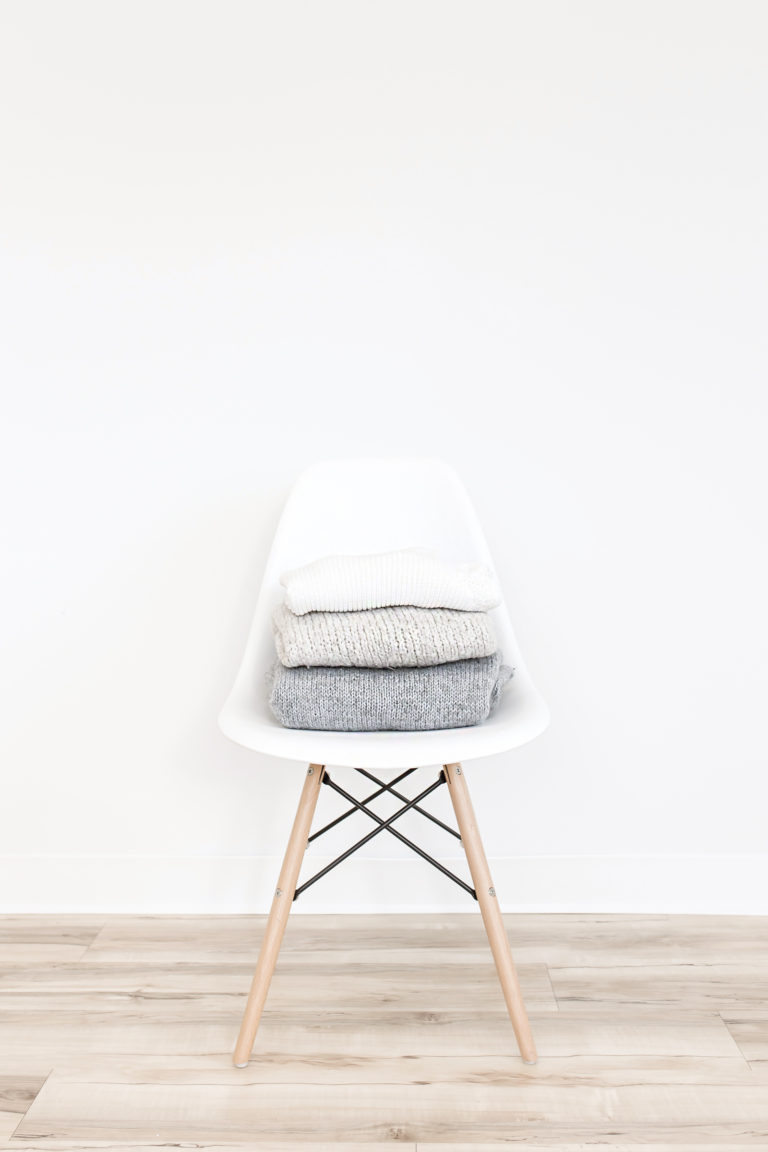
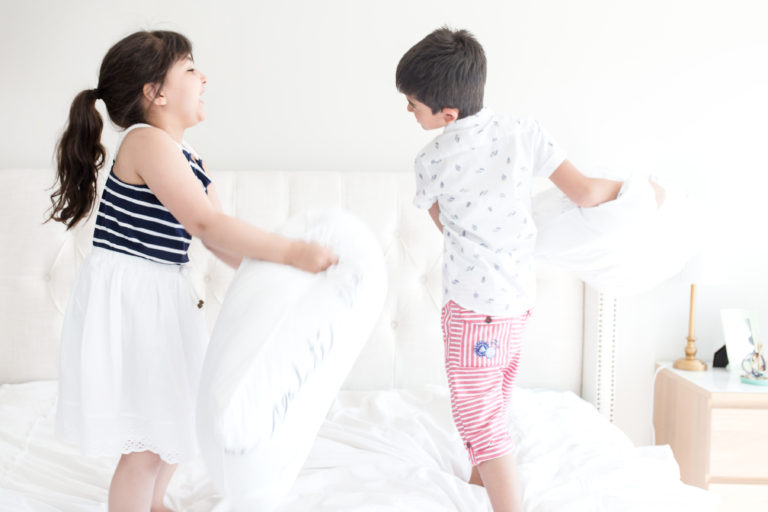

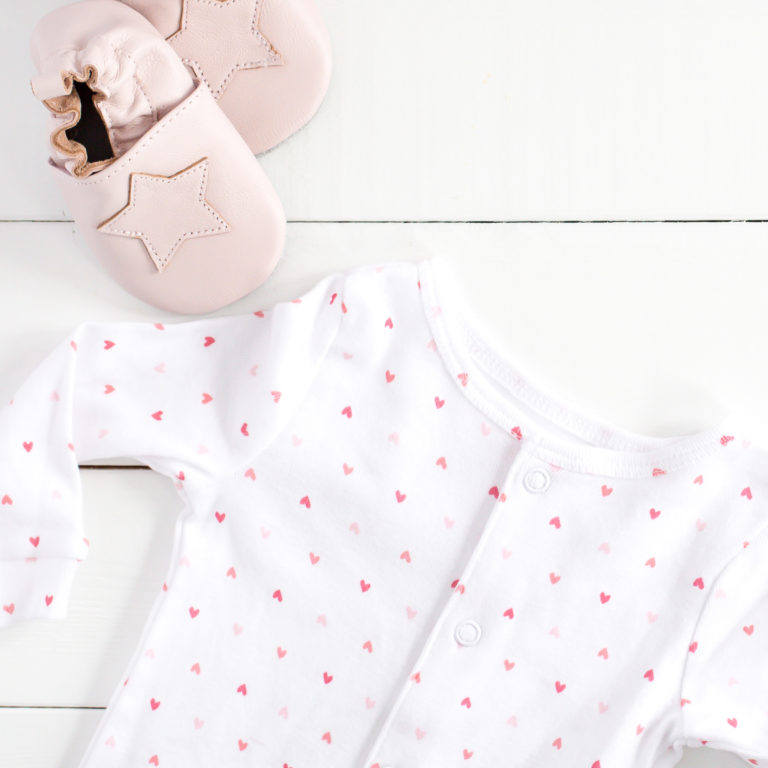
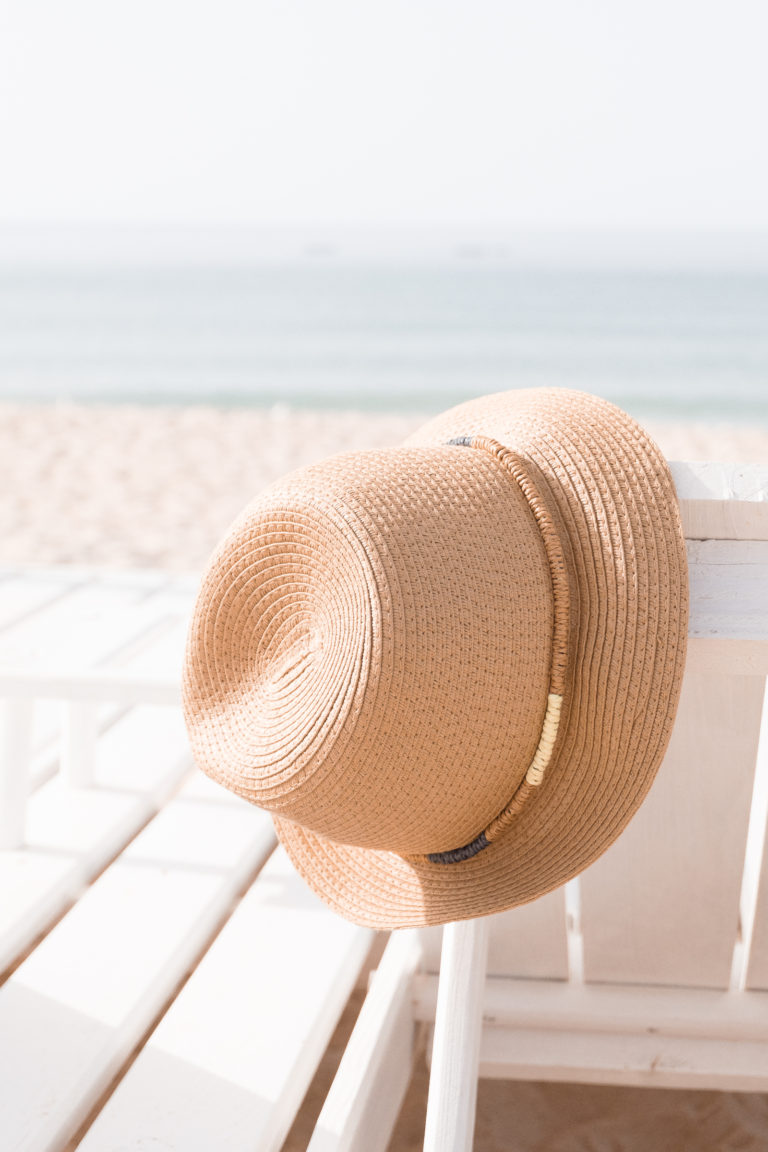
OK, I laughed out loud at the “sit back and relax…” comment. 🙂
We’re far past the baby stage, but you’re totally right that traveling with a baby is easier than traveling with toddlers as long as your baby is alright with sleeping somewhere besides the crib (and both of my kids LOVED being held for naps/sleeping).
I love this article. So comprehensive and encouraging!
I agree with Stephanie. I laughed at the “sit back and relax”! This article is packed full of nuggets for people with babies. Great work! I remember taking our own kids tenting when they were babies and camping was more challenging when they became toddlers. Life is too short, travel always!